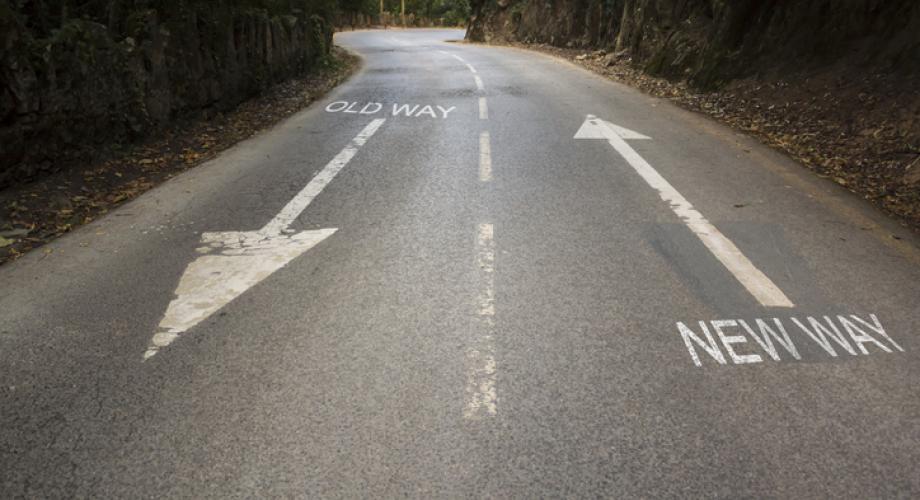Strategies to ensure success in a rapidly changing, tech-centric landscape.
Today’s leasing environment has been rapidly evolving at an eclipsing pace during the past few years as more technologies engaged throughout the prospect journey. The pandemic simply further accelerated the evolution.
Industry leaders Jennifer Staciokas, Executive Managing Director of Western Wealth Communities; Guntram Weissenberger, President of The Westover Company; and Lucas Haldeman, Chief Executive Officer of SmartRent, joined Results Repeated Founder Ellen Thompson to examine the tech tools changing the leasing ecosystem and strategies to help leasing agents evolve and adapt during NAA’s APTvirtual session, “Is the Leasing Agent an Endangered Species?”
“The leasing agent has become more professional,” Weissenberger said. “They are better trained and have become better at not just selling, but also managing and dealing with the customer.”
This professional growth, according to Weissenberger, started as things have been removed from the leasing agents’ desks, enabling them to concentrate on customer service. One such example – marketing, and more importantly, technology to optimize marketing and leasing practices.
Bots and Discovery Capture
Chatbots, designed to interpret text from a prospective resident, can respond to about 95% of questions, shared Thompson. The 24/7 accessibility of the technology enables it to capture and converse with prospective residents when they are ready. For instance, bots are capturing the 40% of contact forms coming into a leasing office after hours and the 55% of emails that are not responded to by the leasing agent.
Voice bots are the natural progression to a chatbot, as they are able to engage over the phone. This technology has been vital, as data indicates that almost half of calls placed to leasing offices are missed, and 87% of prospective residents do not leave a voicemail. Voice bots are capturing the leads you don’t even know you are missing.
Access Control and Self-Guided Tours
As the industry continues to create a frictionless leasing process through technology like bots, it is important to offer that ease through the tour process as well. Enter the self-guided tour – again a technology and service that was gaining momentum before the pandemic that found itself as the central technology to carry leasing through the tough months of shutdowns.
Access control became a focal point of implementing self-guided tour options. “You can have the greatest app in the world and with the whizzbang maps and real-time location and availability but if you can’t get someone in the front door, and the unit door, it’s all for naught,” Haldeman said. “We need to modernize our access control systems.”
Implementing access control into new developments is easy, but it can prove expensive for retrofits. Operators should consider solutions where they don’t have to do every door but enable a path to get a prospective resident into the front door, amenity spaces and into the unit.
Furthermore, according to Haldeman, there is simply a segment of the renter population that just doesn’t plan. While online scheduling and online lead nurturing may work for some, it doesn’t work for all. Operators need to be flexible to meet those needs as well.
QR codes have seen a resurgence throughout the pandemic, including at the property level. The seemingly simple technology enables someone to take an unscheduled tour. SmartRent data indicates that more than 35% of tours conducted through its self-guided tour technology are done as tour now options.
“Though they may not be as high quality of traffic as someone who was nurtured through traditional methods, it’s another reason to offer self-guided tours,” Haldeman said. “Some of those tours are going to convert, and it wasn’t a waste of leasing staff time.”
Staciokas echoed Haldeman’s sentiments that owner/operators don’t have to budget to do full smart home access, but they do want the ability to offer self-guided tours. “Certain providers are showing up to a 70% conversion rate for prospects doing self-tours,” she said. “Within the first month of implementation, three leases were signed by prospects who self-toured. So, the payback on these types of technologies is there.”
People Still Need People
Renting a home is still a very personal process and residents crave that personal connection.
The technology in and of itself may seem like it is a game-changer for leasing processes, but the reality is that there are practical limitations to some technologies, remarked Weissenberger. They are not created to do everything and they shouldn’t.
Staciokas shared that technology platforms should not only integrate and track communications but trigger action for onsite teams to know how and when to follow up. They can nurture those leads by establishing that personal connection.
Humans can just do things better. Chatbots and voice bots can only answer the questions they were programmed to answer. Some prospects want to talk through things like what it’s going to be like living at the community, or in a certain building. “It’s very important to them to get that human touch,” said Weissenberger.
Leasing agents will need new skills and training to survive, he added. “Hiring for personality and customer service mentality will matter more than ever. Training will evolve to develop higher level people. Technical and problem-solving skills and measurable goals will shift, but in a good way to motivate individuals and achieve optimal financial performance.”
Marlena DeFalco is an Account Director for LinnellTaylor Marketing.
